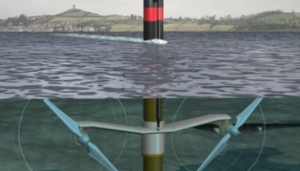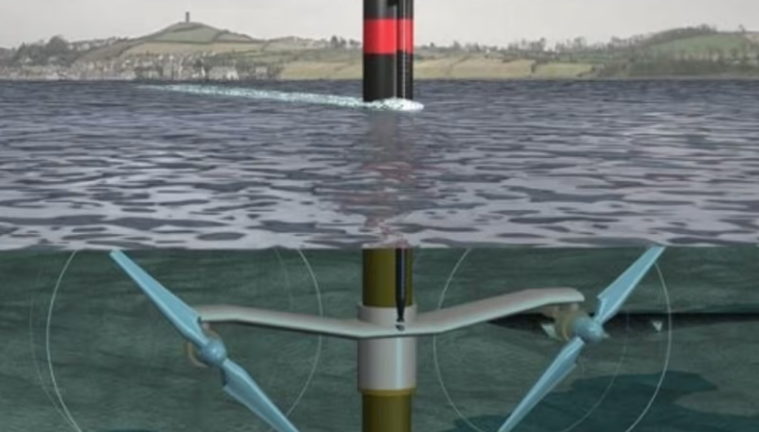Constructing a Model for a Tidal Power Generator
Tidal power generators harness the energy of tidal movements to produce electricity. Building a scaled-down model can provide insights into renewable energy and marine engineering. Here is a guide to constructing a functional prototype.
Materials and Tools
- Generator: Small DC motor or dynamo.
- Turbine Blades: Plastic, wood, or 3D-printed materials.
- Base Structure: Acrylic sheets, PVC pipes, or wood for the frame.
- Floatation Device: Foam or sealed plastic to keep the generator buoyant if needed.
- Gears and Shafts: To connect the turbine to the generator.
- Water Tank: Large container or tub to simulate tidal movement.
- Rectifier and Capacitor: For converting and stabilizing the electrical output.
- Wiring: Insulated wires and connectors.
- Multimeter: For measuring electrical output.
- Tools: Soldering iron, drill, screwdriver, and glue gun.
Step-by-Step Instructions
- Design the Model
- Sketch the structure, accounting for tidal flow direction and turbine placement.
- Ensure the design is modular for easy adjustments.
- Build the Turbine
- Create turbine blades with a slight curvature to maximize energy capture.
- Attach the blades to a central hub connected to a shaft.
- Ensure the turbine rotates smoothly in water.
- Assemble the Generator
- Mount the generator securely to the frame.
- Connect the turbine shaft to the generator using gears or directly if aligned.
- Construct the Base Structure
- Build a frame that holds the turbine and generator in place.
- If simulating floating systems, add buoyant materials to keep the structure stable on water.
- Simulate Tidal Movements
- Fill a water tank or tub to simulate a tidal environment.
- Use a pump or manually create water flow to mimic tidal currents.
- Integrate Electrical Components
- Wire the generator output to a rectifier to convert AC to DC if necessary.
- Add a capacitor to smooth out fluctuations in power output.
- Connect to a multimeter to measure generated voltage and current.
- Test and Optimize
- Place the model in the water tank and simulate tidal flows.
- Observe the turbine’s motion and adjust blade angles or shaft alignment as needed.
- Measure and record electrical output under different flow conditions.
Enhancements and Variations
- Efficiency Improvements: Experiment with blade shapes and materials.
- Realistic Simulation: Use a programmable pump to mimic actual tidal patterns.
- Energy Storage: Add a small battery or capacitor bank to store generated electricity.
- Environmental Considerations: Incorporate eco-friendly materials and assess potential impacts on marine life.
Safety and Ethical Considerations
- Use waterproof materials and insulation to prevent short circuits.
- Avoid using hazardous chemicals or sharp tools without proper precautions.
- Ensure the project emphasizes sustainability and environmental awareness.
Conclusion
Constructing a model tidal power generator is an engaging project that demonstrates the principles of renewable energy. By experimenting with designs and materials, you can better understand the challenges and opportunities in harnessing tidal energy. This hands-on experience serves as a stepping stone toward more advanced renewable energy projects.

Also Read :
